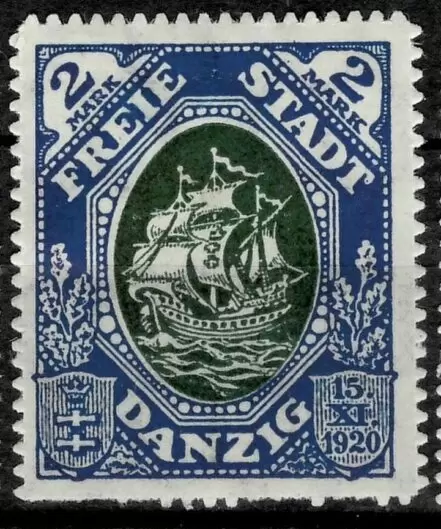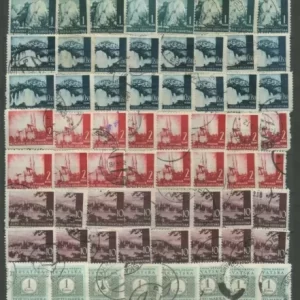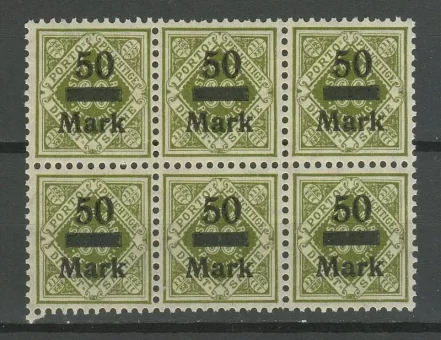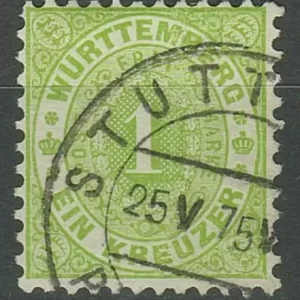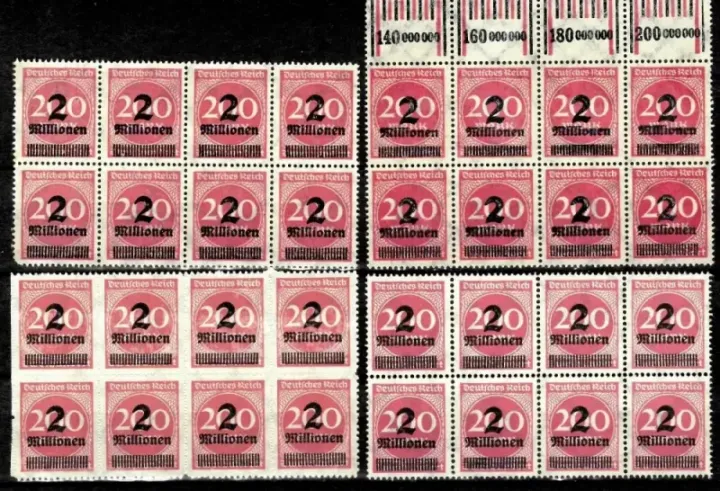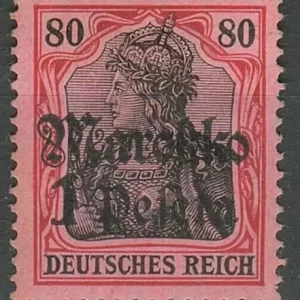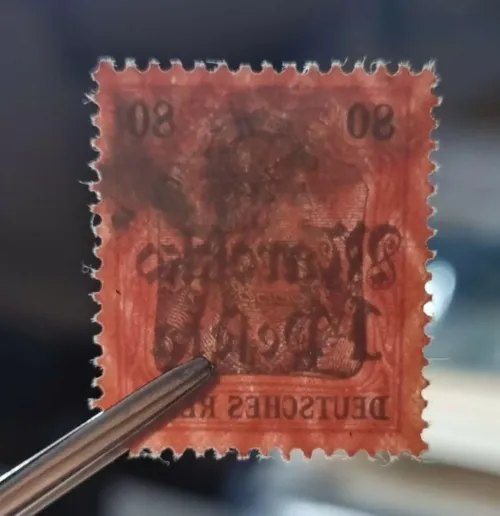Germany Danzig year 1923 Dienstmarken set MNH stamps
In the aftermath of World War I and the Treaty of Versailles in 1919, the Free City of Danzig (now Gdańsk, Poland) was established. Danzig, a predominantly German-speaking city with a significant Polish minority, was placed under the administration of the League of Nations, effectively becoming a semi-autonomous city-state.
During the 1920s and 1930s, Danzig experienced a complex political and social atmosphere. The city became a focal point of tensions between Germany and Poland, as both countries sought to assert their influence over the region.
Politically, Danzig was governed by the Senate, which was elected by the city’s population. However, political parties representing German nationalist interests, such as the National Socialist German Workers’ Party (Nazi Party), gained significant support in Danzig during this period.
Economically, Danzig served as a major port city, facilitating trade between Germany and the rest of the world. This economic importance contributed to the city’s strategic value and heightened the competition between Germany and Poland for control over Danzig.
In 1933, Adolf Hitler came to power in Germany, and the Nazi Party’s influence in Danzig grew stronger. The Nazi regime’s aggressive expansionist policies, combined with the desire to unify all German-speaking territories, further exacerbated tensions in the region.
In 1939, tensions reached a breaking point when Germany invaded Poland, triggering the outbreak of World War II. Danzig was subsequently annexed by Germany and incorporated into the Greater German Reich. This marked the end of the Free City of Danzig and the beginning of a period of German occupation and control that lasted until the end of the war in 1945.


